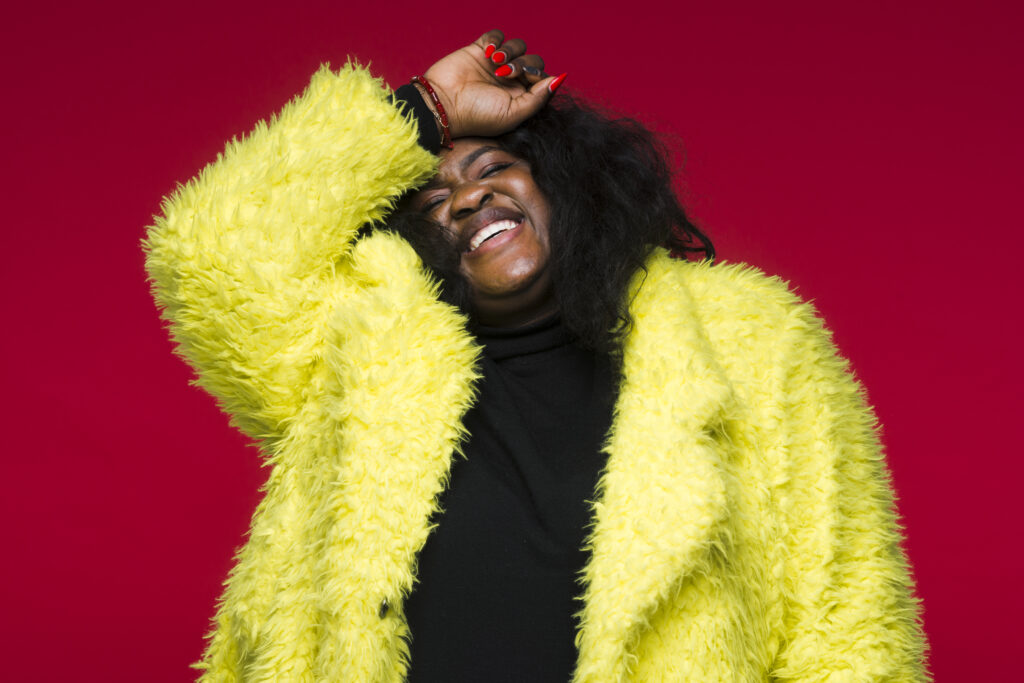- In recent years, one particular topic that has sparked heated debates is fur fashion
- While some argue that fur adds a touch of luxury and elegance to garments, others condemn it
- In this article, we will explore the various aspects of fur fashion and delve into the pros and cons, as well as the different perspectives surrounding this contentious topic
The use of fur in fashion has been heavily criticized by animal rights activists and organizations.
They argue that the fur industry is cruel and inhumane, as animals are often kept in cramped and unsanitary conditions before being brutally killed for their pelts.
Additionally, the methods used to trap animals can be extremely painful and sometimes result in the injury or death of non-target species.
On the other hand, proponents of fur fashion argue that it is a natural and sustainable material that has been used by humans for thousands of years.
They believe that when fur is obtained from ethical sources, such as certified fur farms or through regulated trapping methods, it can be a responsible choice for fashion enthusiasts.
These individuals emphasize the importance of supporting local economies that rely on the fur trade and argue that faux fur alternatives are not always environmentally friendly either.

The Environmental Impact
Another aspect to consider is the environmental impact of fur fashion. Producing fur requires a significant amount of resources, such as water, land, and energy.
The chemicals used in the tanning and processing of fur can also be harmful to the environment if not properly managed.
Critics argue that the production of fur contributes to deforestation and pollution, and exacerbates climate change.
However, it’s important to note that the fashion industry as a whole has a considerable environmental footprint, regardless of the materials used.
Synthetic materials like polyester and acrylic, often used as alternatives to fur, are derived from non-renewable resources and release microplastics when washed.
The key to minimizing the impact on the environment lies in responsible production and consumption practices, rather than solely targeting fur as the main culprit.
The Fashion Statement
From a fashion standpoint, fur has long been associated with luxury and glamour. It has adorned the runways of top fashion houses and been worn by celebrities and royalty alike.
However, in recent years, there has been a noticeable shift away from fur fashion. Many high-end designers and fashion brands have pledged to go fur-free, responding to the concerns of consumers who are increasingly conscious of the ethical implications.
While real fur may have lost some of its allure in the fashion world, faux fur has gained popularity as a more animal-friendly alternative.

Advancements in technology have made it difficult to distinguish between real and faux fur, allowing consumers to embrace the aesthetic appeal without the ethical concerns.
Ultimately, the choice between wearing fur or faux fur comes down to personal style and values.
Conclusion: Fur Fashion
The question of whether fur fashion is acceptable or not remains a subjective one. It involves weighing the ethical concerns, environmental impact, and personal style preferences.
The fashion industry has made significant strides towards more sustainable and ethical practices, and as consumers, we have the power to demand transparency and make conscious choices.
Whether you believe in the allure of fur or prefer to embrace other alternatives, what matters most is being informed and thoughtful about the fashion choices we make.
How to Rock the Crocs Trend Without Sacrificing Style
Crocs are back in fashion, and they’re not just for gardening or lounging around the house anymore.
But how can you wear Crocs without looking like a clown or a grandma? This and more will be discussed in this article.












